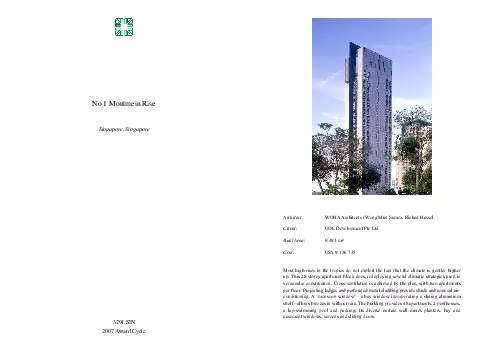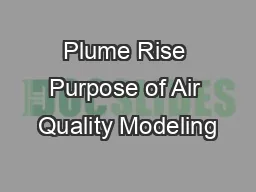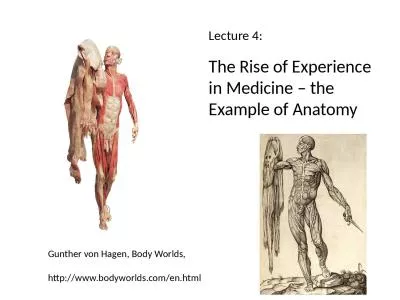PDF-No 1 Moulmein Rise
Author : davies | Published Date : 2021-09-10
Singapore I Introduction No 1 Moulmein Rise designed by WOHA Architects is a 28storey residential building containing 50 apartments The building addresses the issues
Presentation Embed Code
Download Presentation
Download Presentation The PPT/PDF document "No 1 Moulmein Rise" is the property of its rightful owner. Permission is granted to download and print the materials on this website for personal, non-commercial use only, and to display it on your personal computer provided you do not modify the materials and that you retain all copyright notices contained in the materials. By downloading content from our website, you accept the terms of this agreement.
No 1 Moulmein Rise: Transcript
Download Rules Of Document
"No 1 Moulmein Rise"The content belongs to its owner. You may download and print it for personal use, without modification, and keep all copyright notices. By downloading, you agree to these terms.
Related Documents














